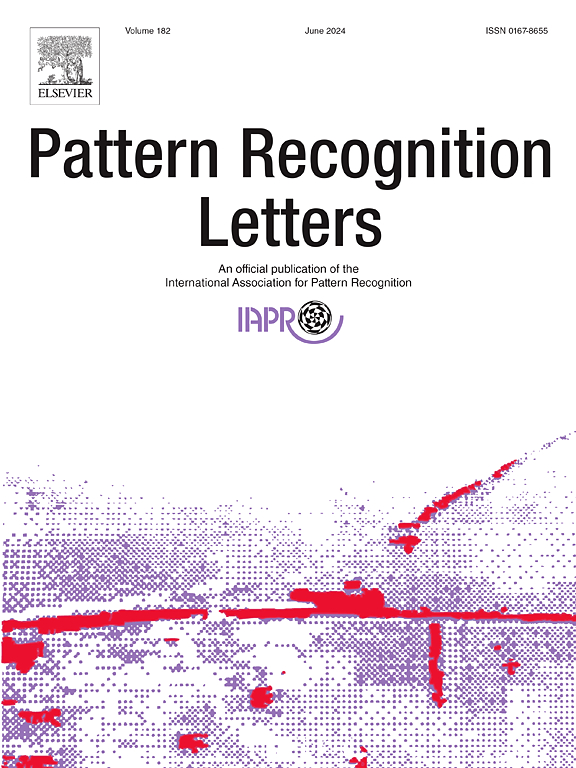伪三维卷积偏振图像去雾网络
IF 3.3
3区 计算机科学
Q2 COMPUTER SCIENCE, ARTIFICIAL INTELLIGENCE
引用次数: 0
摘要
在这项研究中,我们提出了一个专门为基于偏振的图像去雾而设计的伪三维卷积特征融合注意网络。在该网络中,我们引入了一种基于伪三维卷积结构的特征注意模块,集成了空间特征注意和极化特征注意机制。该模块通过差异化权重分配模型,对不同位置、不同厚度的雾霾给予不同的关注,对不同偏振角通道捕获的雾霾图像采用不同的处理方法。此外,我们还介绍了一个结合了局部残差学习、注意模块和八度卷积残差模块的基本块结构。这种集成使得网络可以忽略来自薄雾区和低频细节的信息,更多地关注关键信息,显著提高网络性能。实验结果明确地证明了我们的方法在合成和现实世界朦胧图像上的最先进性能。本文章由计算机程序翻译,如有差异,请以英文原文为准。
Polarization-based image dehazing network with pseudo-3D convolution
In this study, we present a pseudo-3D convolutional feature fusion attention network specifically designed for polarization-based image dehazing. Within this network, we introduce a novel feature attention module based on the Pseudo-3D convolution structure, integrating spatial feature attention and polarization feature attention mechanisms. Through a differentiated weight assignment model, this module allocates varying attention to haze at different locations and thicknesses, and adopts diverse processing approaches for hazy images captured at different polarization angle channels. In addition, we introduce a basic block structure that combines local residual learning, an attention module, and an octaves convolutional residual module. This integration allows the network to disregard information from thin hazy regions and low-frequency details, focusing more on critical information, significantly enhancing network performance. Experimental results unequivocally demonstrate the state-of-the-art performance of our method on both synthetic and real-world hazy images.
求助全文
通过发布文献求助,成功后即可免费获取论文全文。
去求助
来源期刊

Pattern Recognition Letters
工程技术-计算机:人工智能
CiteScore
12.40
自引率
5.90%
发文量
287
审稿时长
9.1 months
期刊介绍:
Pattern Recognition Letters aims at rapid publication of concise articles of a broad interest in pattern recognition.
Subject areas include all the current fields of interest represented by the Technical Committees of the International Association of Pattern Recognition, and other developing themes involving learning and recognition.
 求助内容:
求助内容: 应助结果提醒方式:
应助结果提醒方式:


